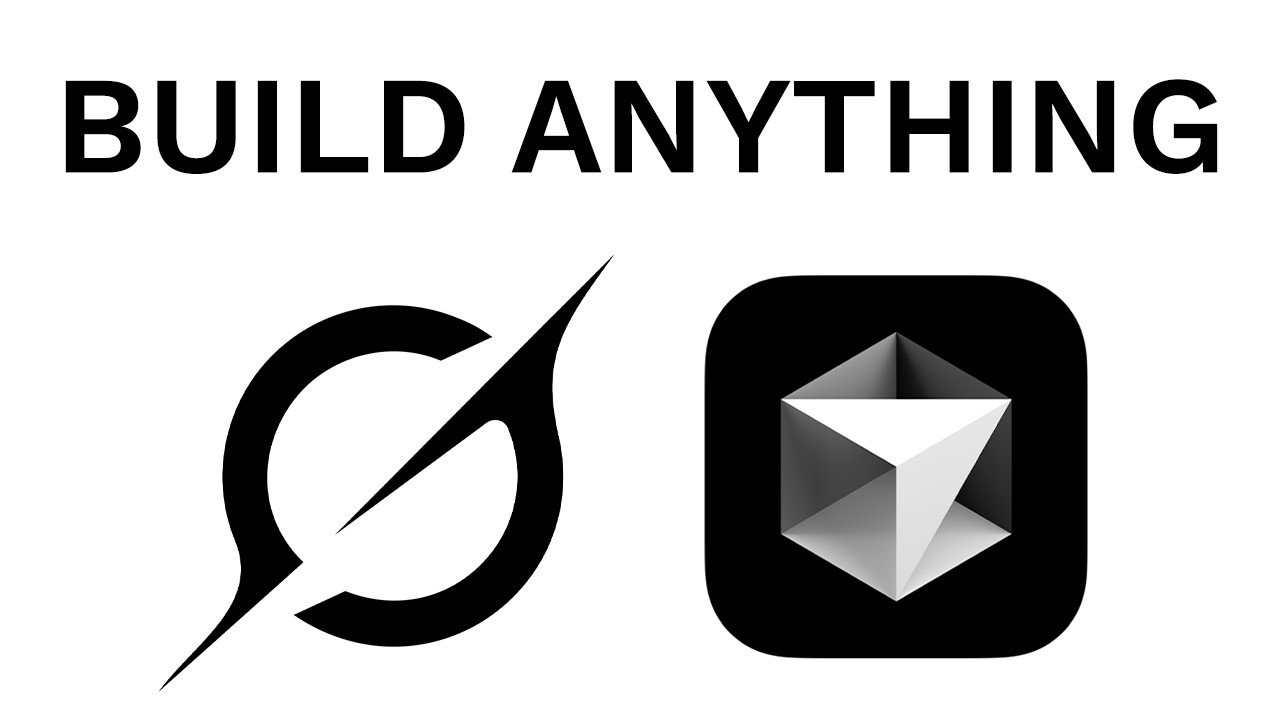David Andre introduces Grok 4, a powerful AI model by XAI with advanced reasoning, multimodal capabilities, and a massive context window, demonstrating its integration into real-world applications like his startup platform Vectal for efficient code analysis and collaborative problem-solving. He highlights Grok 4’s potential to surpass existing AI benchmarks, shares practical development tips, discusses future advancements, and encourages viewers to leverage Grok 4 and Vectal to build AI-powered solutions and stay competitive in the evolving AI landscape.
In this video, David Andre introduces Grok 4, a powerful new AI model released by XAI that outperforms competitors like OpenAI, Anthropic, Meta, and Google on various popular benchmarks. He highlights the model’s impressive capabilities in reasoning, multimodal processing, and its massive 256k context window. Grok 4 comes in different variants, including the base model and the Grok 4 Heavy version, which is a multi-agent system that runs multiple AI agents in parallel to collaboratively solve complex problems, selecting the best solution through consensus. David emphasizes that Grok 4 is a game-changer in AI, potentially surpassing even PhD-level benchmarks across many fields.
David demonstrates how Grok 4 can be integrated into real-world applications by using it within Cursor and Vectal, his AI-powered startup platform. He shows how Grok 4 can analyze large codebases efficiently, helping to identify relevant files for UI improvements in a Kanban board. By leveraging Grok 4 Heavy’s multi-agent system, he is able to get high-quality, collaborative code suggestions that improve the design and functionality of the Kanban cards. He also explains how Vectal offers access to Grok 4 for a much lower price than the standalone Grok 4 Heavy subscription, making it accessible for most users.
Throughout the video, David provides practical insights into using Grok 4 for software development, including prompt engineering and context management with tools like Repo Prompt. He showcases how Grok 4 can handle complex UI redesign tasks, make precise code changes, and even manage Git operations such as branching, committing, and pushing code. He stresses the importance of understanding the codebase and being precise with instructions to get the best results from AI models. David also compares Grok 4 with other AI coding assistants, noting that while Grok 4 Heavy is ideal for advanced reasoning tasks, the base Grok 4 model is already extremely powerful and cost-effective.
David discusses the future roadmap for Grok 4, mentioning upcoming specialized coding models, multimodal agents optimized for video, and video generation capabilities expected in the coming months. He also shares his theory that the initial unrestricted version of Grok 4 was a strategic marketing move to generate hype. He encourages viewers to move beyond just consuming AI content and start building AI-powered startups and agents, emphasizing that AI is advancing so rapidly that traditional testing methods are becoming obsolete. David predicts that the race to artificial general intelligence (AGI) will be primarily between Google DeepMind and XAI.
Finally, David promotes Vectal as a comprehensive AI-powered productivity and task management platform that integrates Grok 4 and other advanced AI models. He highlights Vectal’s team collaboration features, customizable system prompts per project, and seamless integration of AI agents that boost productivity. David offers personal onboarding for teams switching to Vectal and underscores the importance of learning basic programming and Git skills to maximize the benefits of AI tools. He concludes by encouraging viewers to adopt Grok 4 and Vectal to stay ahead in the rapidly evolving AI landscape and achieve their professional goals more efficiently.
